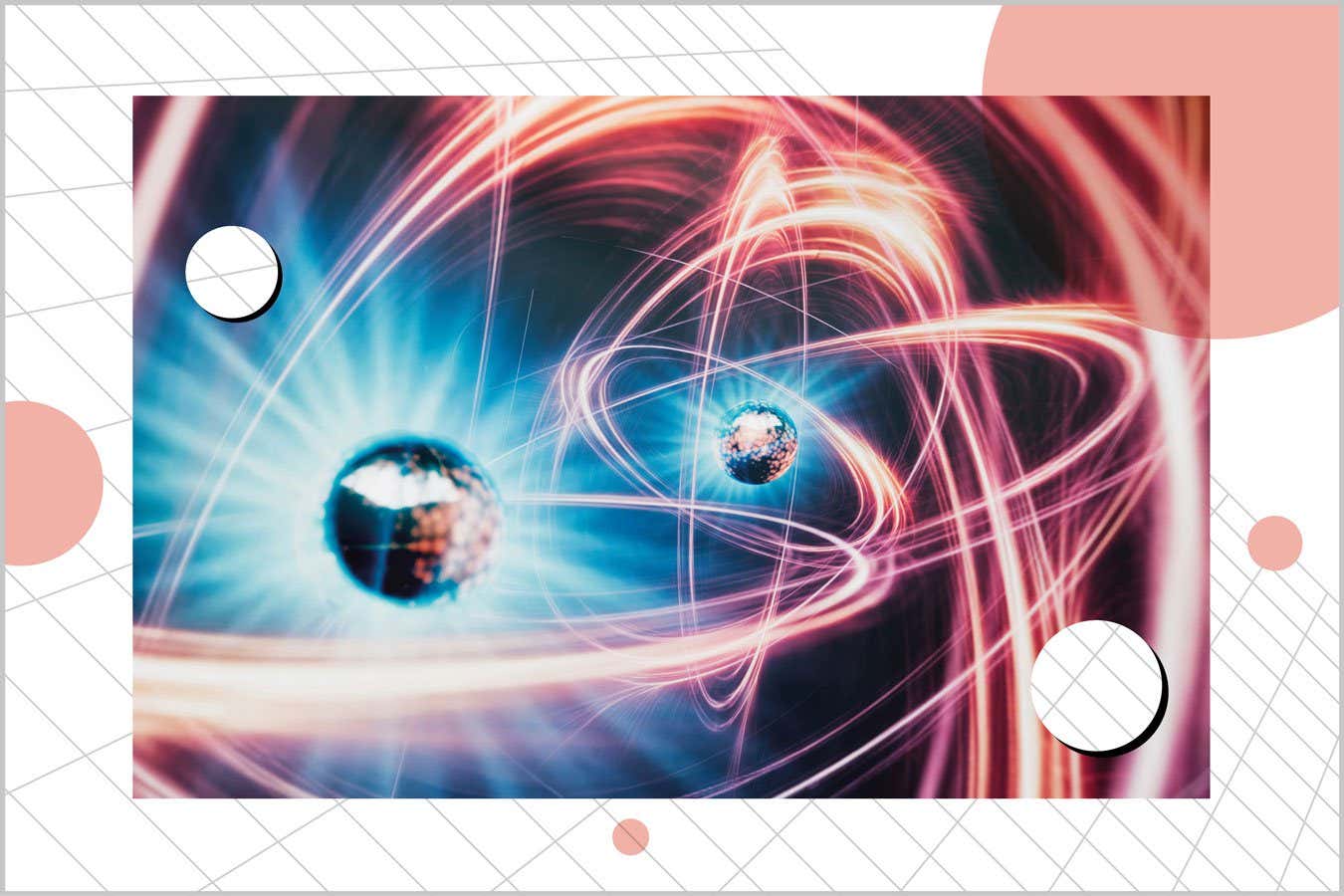Researchers reveal magnetic graphene supports quantum spin Hall states at zero field—paving the way for quantum spintronics.


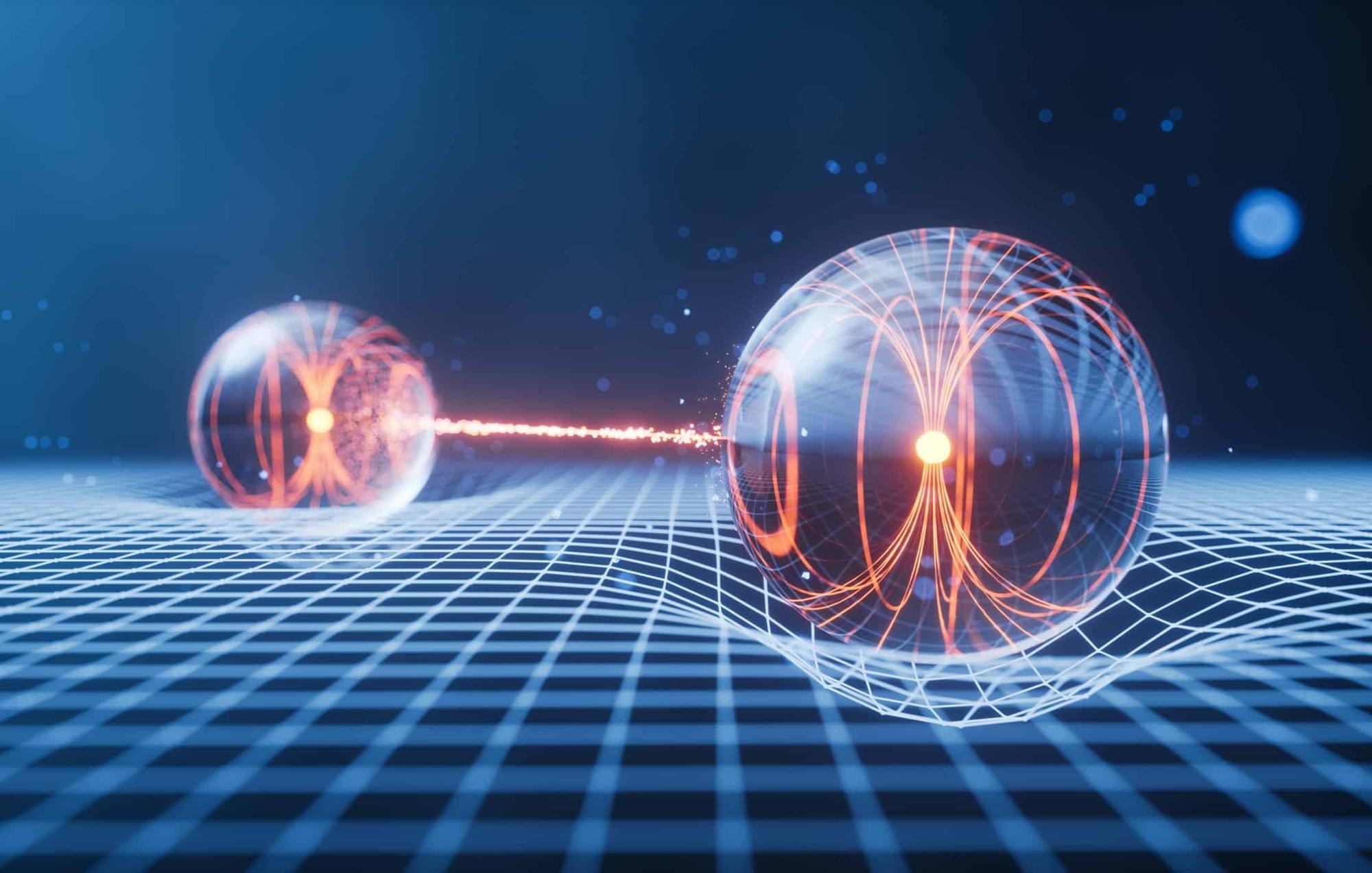
From enabling quantum supercomputers to securing communications and teleporting quantum states, entanglement is the thread weaving through all of quantum technology. What once struck Einstein as a paradox is today routinely observed and harnessed in labs – the “spooky action” has become a practical tool. We have learned that entanglement is not some esoteric fringe effect; it’s a concrete physical resource, much like energy or information, that can be exploited to do tasks that are otherwise impossible. Its special correlations allow quantum computers to perform massively parallel computations in a single wavefunction, allow cryptographers to detect eavesdroppers with absolute certainty, and allow quantum states to be transmitted without moving a physical carrier.
Yet, there is still much to master. Entangling a handful of qubits is easy; doing so with thousands or millions – while keeping them error-corrected – remains a grand challenge. As we push the number of entangled particles higher, we are essentially scaling up new forms of matter (entangled states) that have no counterpart in classical physics. In 2022, a 12-qubit entangled state might be a small quantum circuit; by 2035, we could be operating machines where 1,000 qubits are all entangled in complex ways, delivering computational feats far beyond today’s reach. On the communications front, nascent quantum networks are entangling nodes over city-scale distances, working toward a future quantum internet that could interconnect quantum computers or enable clock synchronization and sensing with unprecedented precision. Each improvement in generating high-quality entanglement over distance inches us closer to unhackable global communication links.
Entanglement also raises philosophical questions about the nature of reality – it blurs the boundary between “separate” objects and challenges our intuitions of locality. But from an engineer’s perspective, entanglement is also just another phenomenon to be tamed and utilized. The narrative of quantum technology is one of turning quantum quirks into quantum capabilities. Where classical engineers use wires and signals, quantum engineers use entanglement and superposition. It’s telling that entanglement is often called the “essence” or “cornerstone” of quantum mechanics – crack it, and you unlock a whole new paradigm of information processing.
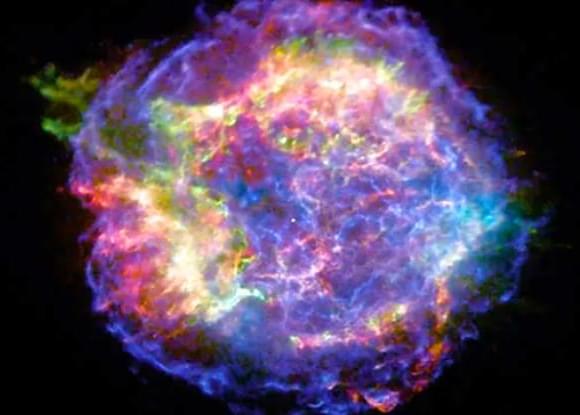
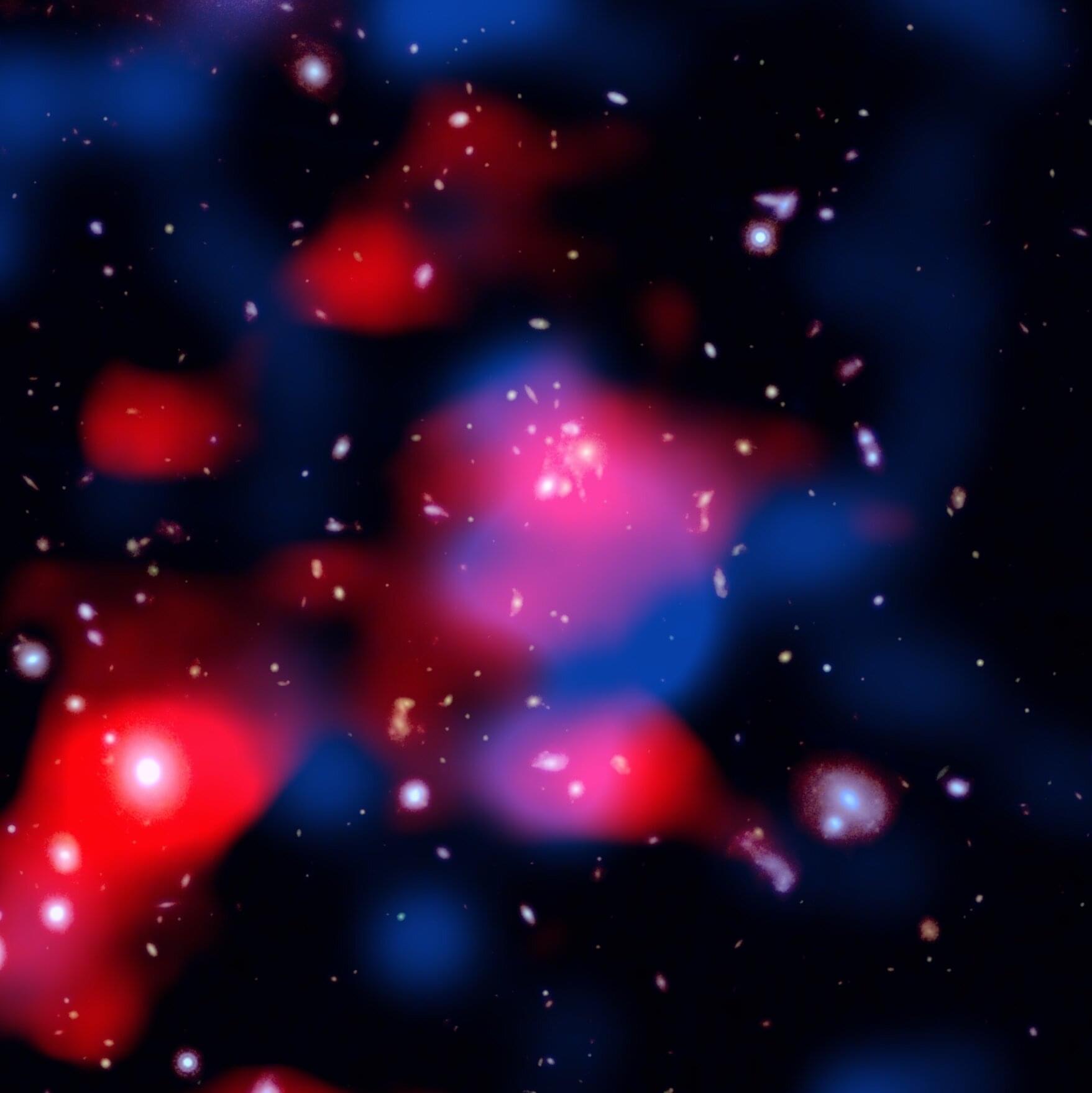
The researchers analyzed data from the Low Frequency Array (LOFAR) radio telescope, a vast network of over 100,000 small antennas spanning eight European countries.
While studying a galaxy cluster named SpARCS1049, the researchers detected a faint, widespread radio signal. They found that it did not emanate from individual galaxies, but from a vast region of space filled with high-energy particles and magnetic fields.
Stretching over a million light-years, this diffuse glow is a telltale sign of a mini-halo, a structure astronomers have only been able to observe in the nearby universe up until now.
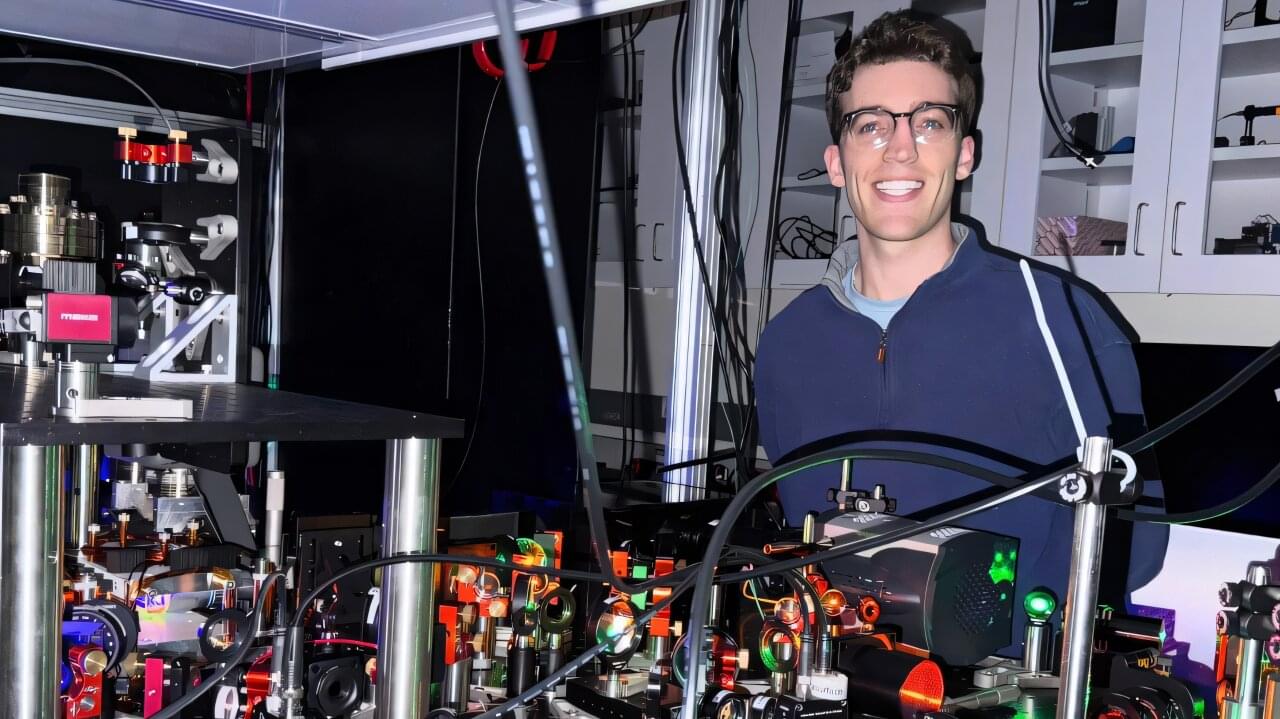
Blink and you might miss it, but if you keep your eye on the monitors in professor Sebastian Will’s lab, you’ll catch a series of single-second flashes that light up the screen. Each flash is an atom of strontium, a naturally occurring alkaline-earth metal, being briefly captured and held in place by “tweezers” made of laser light. “We can see single atoms,” says graduate student Aaron Holman. “Seeing those never gets old.”
The lab saw its first atom at the end of 2022, after two years of constructing the experimental setup—a complicated and carefully calibrated series of atomic sources, vacuum chambers, magnets, electronics, and lasers that trap individual atoms and place them into custom arrangements—from scratch.
Holman, currently a 5th-year Ph.D. student in Physics, helped build the “TweeSr” project, as it’s referred to in the lab, from the ground up. A pure atomic, molecular, and optical (AMO) physicist at heart, he’s now working on ways to turn fundamental research on how atoms, molecules, and light interact into new technologies with collaborators at Columbia Engineering. He’s also heading toward bigger scales as part of a quantum network that is currently under construction.
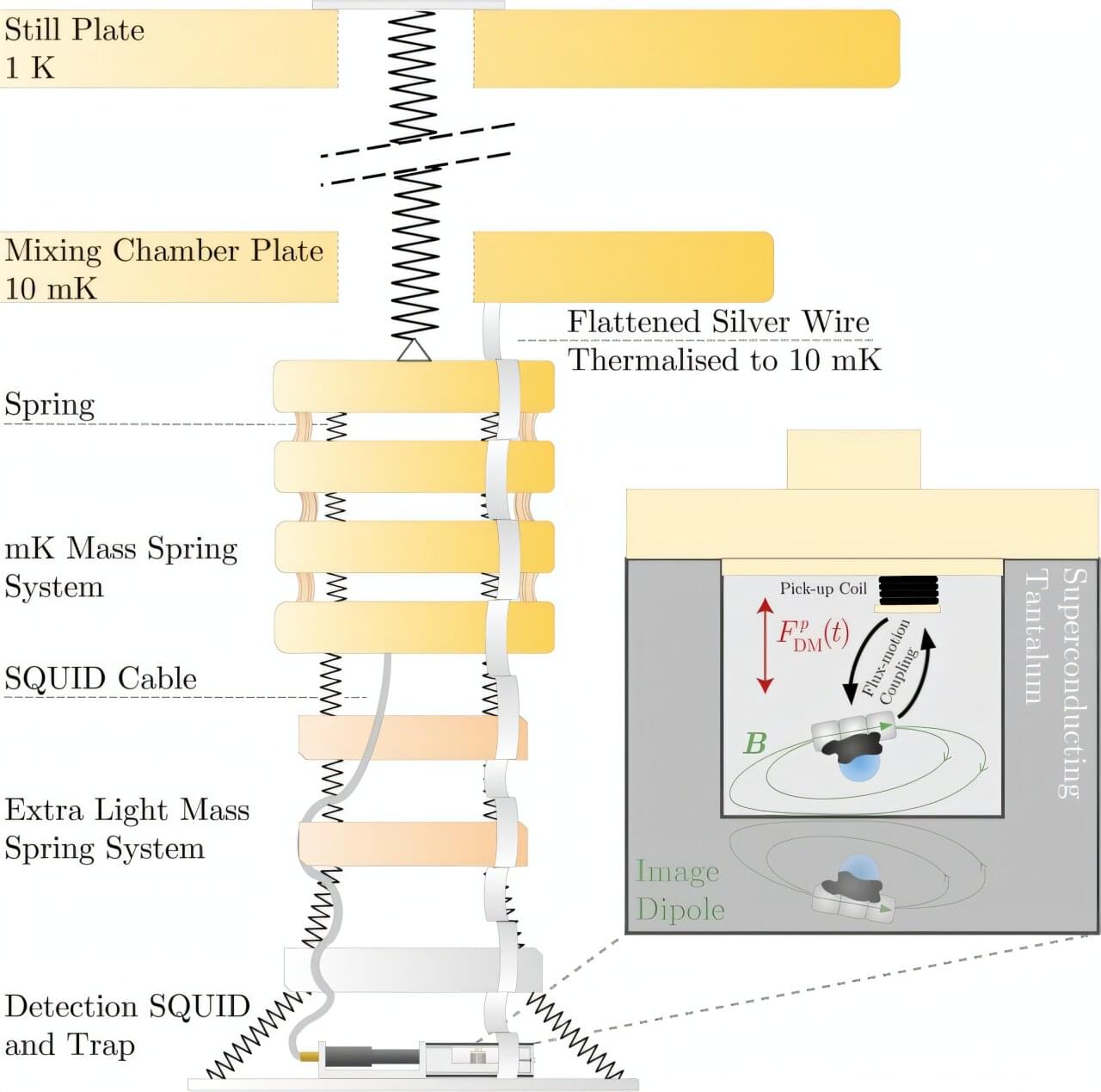
Dark matter, although not visible, is believed to make up most of the total mass of the universe. One theory suggests that ultralight dark matter behaves like a continuous wave, which could exert rhythmic forces that are detectable only with ultra-sensitive quantum instrumentation.
New research published in Physical Review Letters and led by Rice University physicist Christopher Tunnell and postdoctoral researcher Dorian Amaral, the study’s first author and lead analyst, sees the first direct search for ultralight dark matter using a magnetically levitated particle.
In collaboration with physicists from Leiden University, the team suspended a microscopic neodymium magnet inside a superconducting enclosure cooled to near absolute zero. The setup was designed to detect subtle oscillations believed to be caused by dark matter waves moving through Earth.
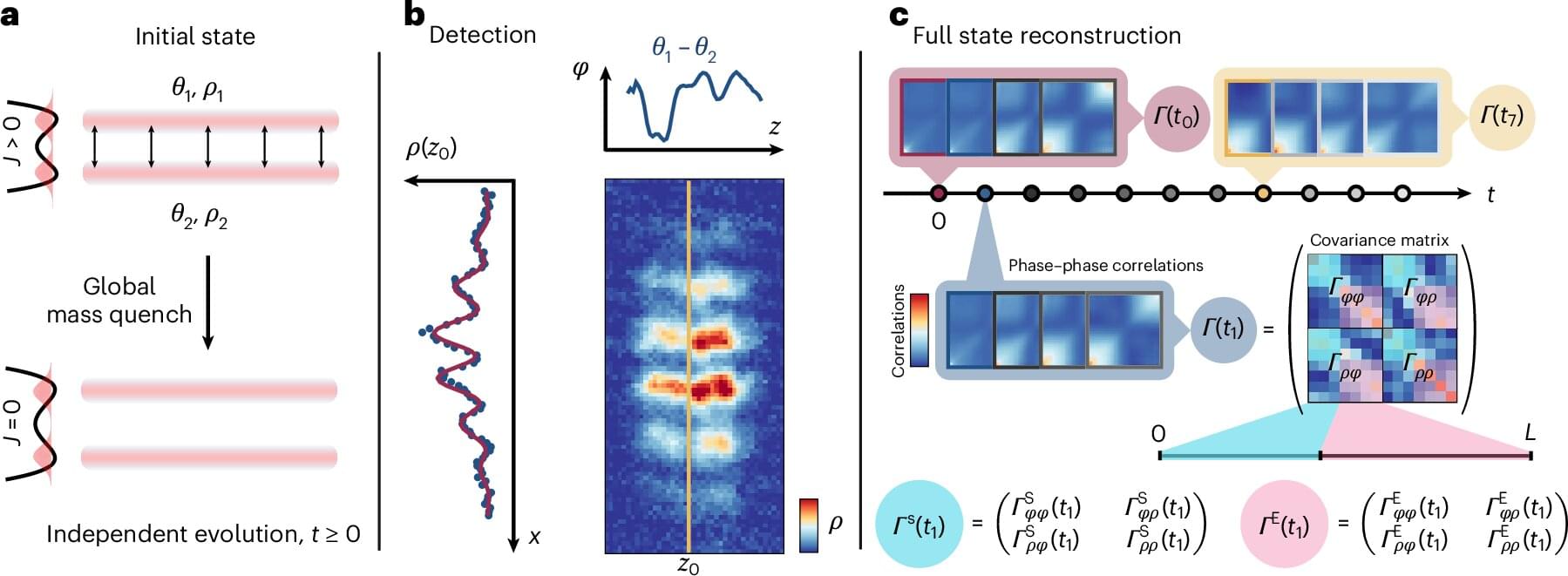
Landauer’s principle is a thermodynamics concept also relevant in information theory, which states that erasing one bit of information from an information system results in the dissipation of at least a specific amount (i.e., kBTln2) of energy. This principle has so far been primarily considered in the context of classical computers and information processing systems.
Yet researchers at TU Vienna, the Freie Universität Berlin, the University of British Columbia, the University of Crete and the Università di Pavia recently extended Landauer’s principle to quantum many-body systems, systems made up of many interacting quantum particles.
Their paper, published in Nature Physics, introduces a viable approach to experimentally probe this crucial principle in a quantum regime and test theoretical predictions rooted in quantum thermodynamics.
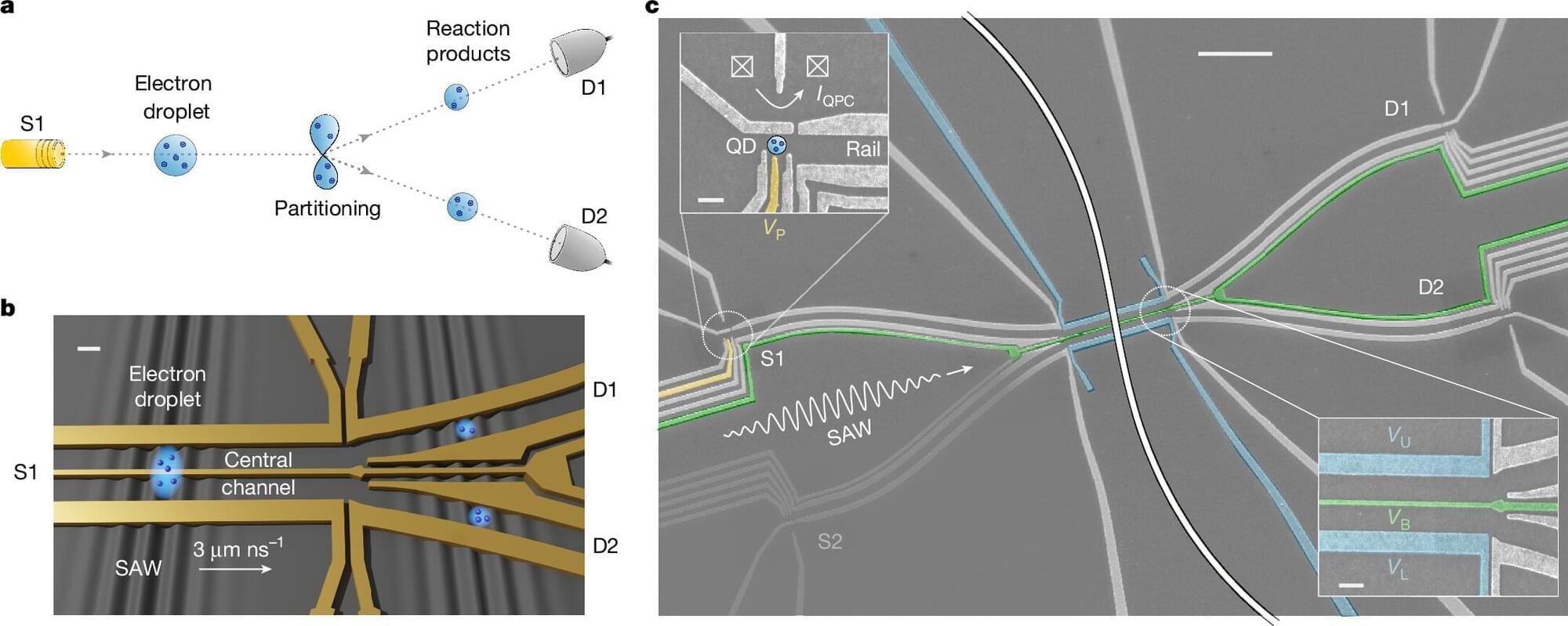
Three electrons are enough to trigger strong interactions between particles. That is what was demonstrated by scientists from the CNRS and l’Université de Grenoble Alpes, in collaboration with teams from Germany and Latvia, in a study published in the journal Nature.
With the help of a tiny collider they built themselves, the researchers successfully “accelerated” up to five electrons at the same time toward a separation barrier, and counted the number of electrons present on each side.
The result: Three electrons are enough to show strong interactions between particles. With five electrons, the interactions become so intense that they imitate the behavior of hundreds of billions of electrons. Placed together, these three particles form an actual “heap” in the liquid state.

Solving life’s great mysteries often requires detective work, using observed outcomes to determine their cause. For instance, nuclear physicists at the U.S. Department of Energy’s Thomas Jefferson National Accelerator Facility analyze the aftermath of particle interactions to understand the structure of the atomic nucleus.
This type of subatomic sleuthing is known as the inverse problem. It is the opposite of a forward problem, where causes are used to calculate the effects. Inverse problems arise in many descriptions of physical phenomena, and often their solution is limited by the experimental data available.
That’s why scientists at Jefferson Lab and DOE’s Argonne National Laboratory, as part of the QuantOm Collaboration, have led the development of an artificial intelligence (AI) technique that can reliably solve these types of puzzles on supercomputers at large scales.
